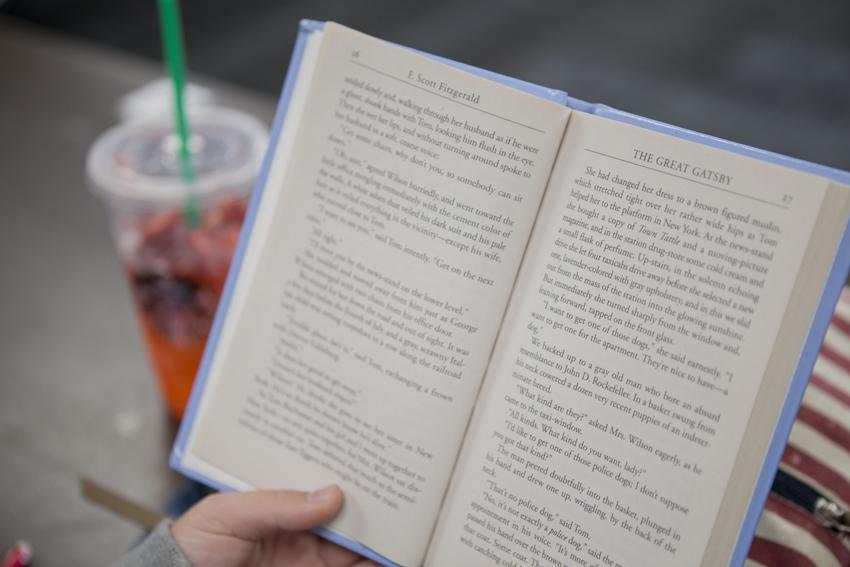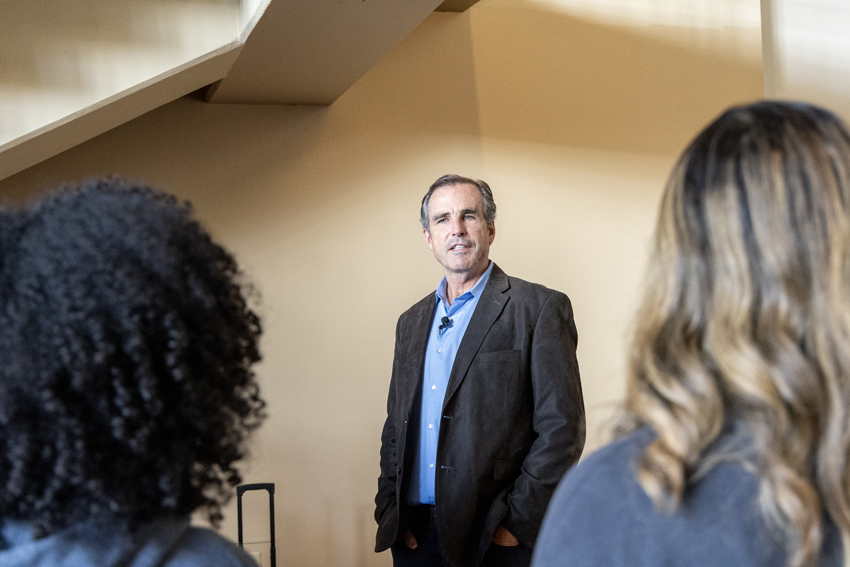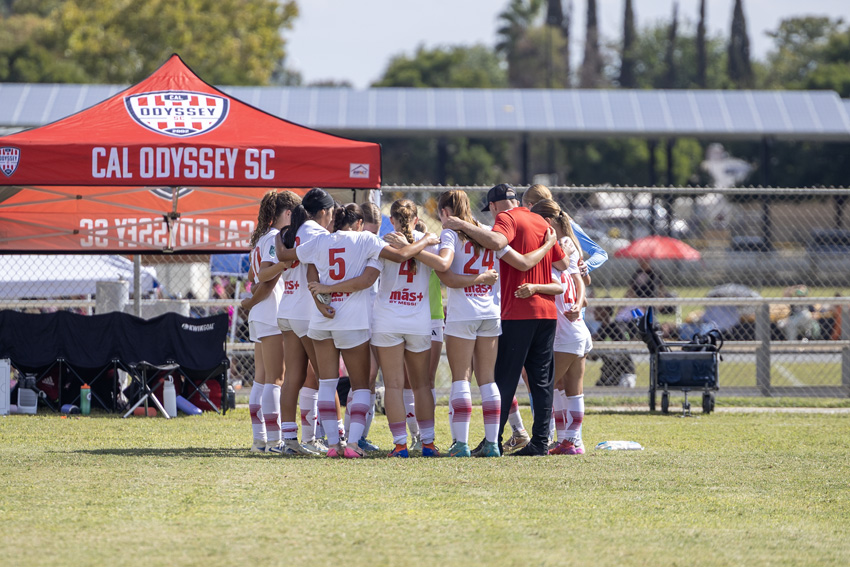Sharing a story changes perspective
Storytelling carries through all time periods, cultures, and medias. The enchanting nature of stories, whether those stories appear through theater, books, or told from person to person, capture all. Many ways exist to help pass along the things of the past and pass on information.

The importance of hearing how parents as children or the way an ancient culture lived show examples of how stories last over generations.
English teacher Andrea Donaghe tells about the importance of storytelling and student interest in stories.
“Storytelling promotes and encourages creativity,” Donaghe said. “There are two kinds of storytelling (in my opinion), the first is creating a story from your imagination, environment and circumstances. The second is passing on stories that have been told about the family or events, they are not made up, have a factual foundation built over the years have been embellished, dramatized and/or a personal spin has been included.
“My students hear many of my stories,” Donaghe continued, “and a few years ago when I said to the class, ‘Okay, I have a story!’ I actually heard a student say to another student, ‘Shush, she’s gonna tell a story.’ That made me laugh. With the internet and social media making everything so immediate and information being so quickly distributed (which isn’t always a bad thing), I think that there is a lack of storytelling; it doesn’t mean there isn’t an interest in it. People want to hear stories, it is what connects us.”
Newspapers began the creation of and connection between people through common information. In America, the first of these, titled The New England Courant, couldn’t be called a paper directly, but more of a handout, or sheet. The sheet consisted of James Franklin’s (Ben Franklin’s older brother) satirical letters and multiple essays to entertain and deviate from the normal papers that consisted of speeches and government coverage.
This proved to be popular content amongst readers. The popularity of newspapers soared during the American Revolution, and, after that, continued to be used for information and entertainment all through the progress of radio, and finally, the Spanish-American war. There was a decline of the circulation of print news in the 1970s and this way to receive news is now reaching an all time low.
During the prime of print news, radio began making strides in enticing Americans. Stories told over the radio in the “Golden Age of Radio” (the early 1920’s) gave mass populations the ability to hear “radio plays.” Radio plays take multiple actors and actresses that would go through a script and broadcast an entire show within an hour or two.
Radio plays became popular amongst Americans because of the variety within them. Of course, radio also had the same job it has today, telling news and sports, broadcasting musicals, and general entertainment, but as the main source of entertainment and news, it proved highly valuable.

On October 30, 1938, a storyteller named Orson Welles made history without knowing it. His radio play, titled The War of the Worlds, was a sci-fi drama which included Martians invading. The show began so realistically, with one of his characters (a news reporter) explaining how a meteor crashed and that aliens invaded earth. About one million listeners believed this broadcast was true and began panicking. Welles later went on air and explained the story was fiction.
World history teacher Robert Foshee comments on the importance of storytelling in history.
“Storytelling has a high value in history,” Foshee said. “By teaching and telling the stories of our past, people are reminded of lessons that have been learned as well as remembering the places that we’ve been. This allows us to honor the good things and learn from the negative events. I think one of the most important aspects of learning about the past is the realization that human nature doesn’t change over the ages.
“People always like to think of the past in terms of the good old days or the golden years,” Foshee continued. “But history has shown that we live in a fallen world. Every generation has stories of atrocities or evils that have occurred. By recognizing this, people can realize our need for God’s redemption and also see God’s hand at work even amongst fallen people.”
Later the Vietnam War from 1955-1975 was one of the first war journalists truly covered without staging, and this war was the first shown on television for Americans to watch. Originally, journalists were not interested, but the death of many civilians in an attempted takeover against President Diem drew the interest of the media.
The first reporter from the New York Times was sent to Saigon, followed by many other journalists from other publications. The broadcasts appeared toward the middle of the war, from 1960 to 1964. For many Americans, the disturbing images shown of realistic war on TV caused a negative view on war itself.
One of the most recent changes to the way news stories are now reported is 9/11. Reporters from all over the nation learned to report the breaking news quickly and efficiently, despite the tragedy that occurred within the country. The news, after this, focused on foreign policy much more, and other subjects that could be considered more “hard-hitting” such as terrorism and armed conflict.
Many changes to news reporting have occurred since 9/11, and a main way people receive news is through online sources, like CNN or even our own campus news sources. Print papers are experiencing a decline, especially with the new age of news on cell phones and computers being more accessible to the average American. Now, even journalism on a small scale is changing.

Schools like Fresno Christian and The Feather Online are changing the way that the average news story is produced. Stories are now packaged, which is defined as a regular news article, a video, podcast, and photos. An entire team works on one main article and then that article is produced and published later that week after requests are sent in.
As a society, Americans are moving toward digital, plain and simple. Statistics show a decline in newspaper publishing, advertising revenue moving to digital and gaining news from print-only is facing decline. Drawing the readers by using images and short captions with descriptors keep readers more interested and draws in the eye rather than the reader becoming distracted.
[soundcloud url=”https://api.soundcloud.com/tracks/314251756?secret_token=s-a3n45″ params=”auto_play=false&hide_related=false&show_comments=true&show_user=true&show_reposts=false&visual=true” width=”100%” height=”150″ iframe=”true” /]
News changes as the human race changes, therefore news will continue to evolve and grow as necessary. Even as news changes, storytelling will remain over time and will continue to be a unique way for all to communicate.
This author can be reached on Twitter: @julz_lozano19
For more Top 5 articles read, Deciphering between real and fake news.




